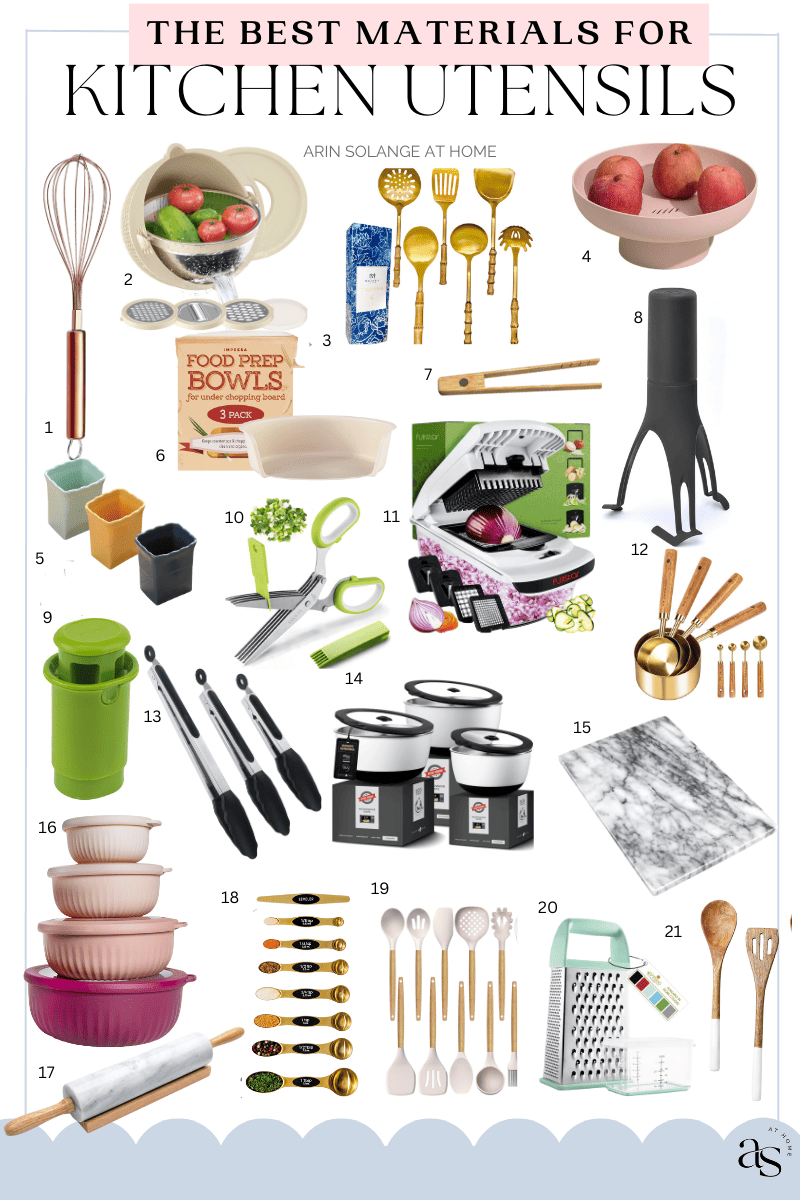There are a ton of choices when it comes to kitchen utensils. With so many materials being linked to health concerns, what is the best material for kitchen utensils?
In this post, we will explore the various materials commonly used for kitchen utensils and weigh their pros and cons to determine the best options for your culinary endeavors.
This post may contain affiliate links.

What Is The Best Material For Kitchen Utensils?
I have a lot of kitchen utensils. I love finding items that have multiple purposes and can make my life easier in the kitchen. As I retire old utensils, new and exciting ones are popping up all the time and I love to browse what has been invented.
When it comes to selecting the best material for kitchen utensils, several factors come into play, including durability, heat resistance, maintenance, and of course, food safety.
The choice of material can significantly impact the cooking experience and the longevity of the utensils.

From traditional options like stainless steel and wood to modern innovations such as silicone and nylon, each material offers distinct advantages and drawbacks.
Understanding the properties of different materials is essential for making informed decisions about which utensils will best suit your cooking needs and preferences.
If you are feeling overwhelmed with the number of choices on the market, we will narrow down key concerns and considerations to help you find useful gadgets next time your utensils need an upgrade.
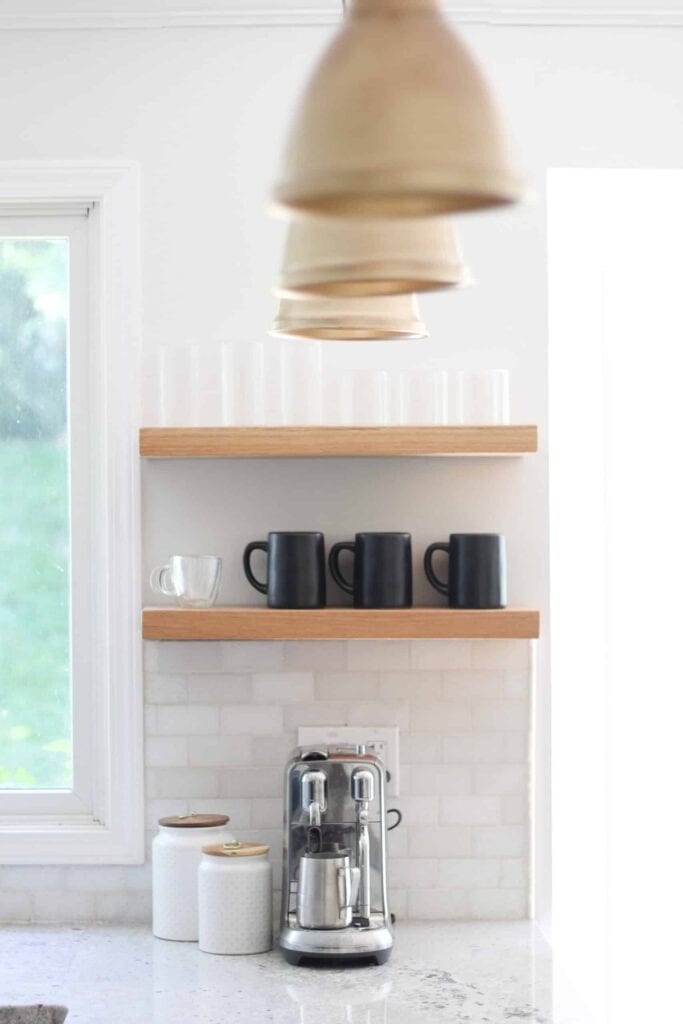
Types of Kitchen Utensils To Consider
There are numerous types of kitchen utensils that are essential for cooking and food preparation. Not all utensils are created equal.
The utensils you use may depend on your comfort level in the kitchen and your needs. Having a well-rounded collection can make cooking and food preparation more efficient and enjoyable.
Here are some common kitchen utensils, along with their pros, cons, and uses:
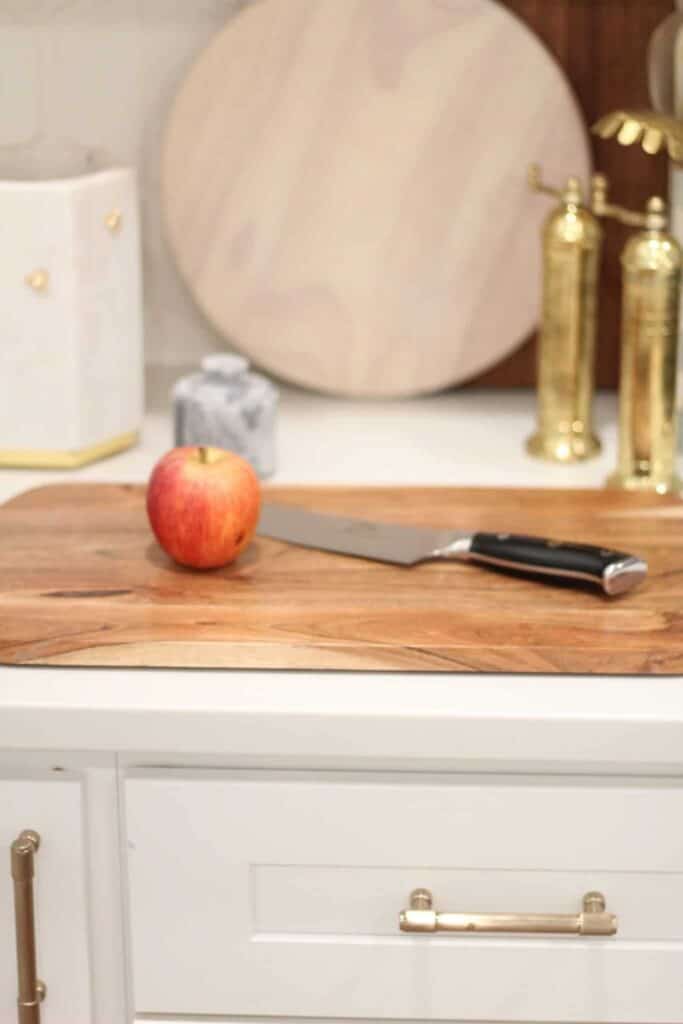
Spatula
A spatula is a broad, flat, flexible blade used for lifting, flipping, and spreading foods.
Spatulas are versatile and come in various materials, such as silicone, stainless steel, and nylon, making them suitable for different types of cookware.
Some spatulas may not be heat-resistant at high temperatures, and metal spatulas can scratch non-stick surfaces.
For this reason, it’s important to consider the type of cookware you use and your needs for a spatula before choosing the spatula’s preferred material.
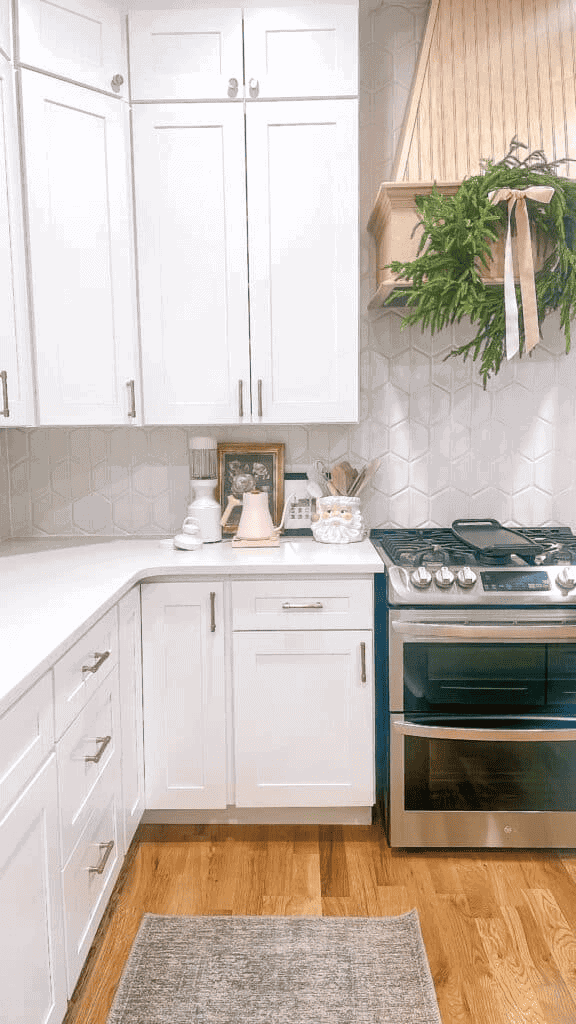
Wooden Spoon
Wooden spoons are gentle on cookware, do not conduct heat, and are suitable for stirring hot dishes.
They can absorb flavors and odors and require more care to maintain than some other utensils.
Wooden spoons are ideal for mixing and stirring, especially in pots and pans where metal utensils may damage the cooking surface.

Tongs
Tongs provide a firm grip on food items, are versatile, and come in various lengths and materials.
Some tongs can be difficult to clean, and certain materials may not be suitable for high-temperature cooking.
Tongs are commonly used for flipping meats, tossing salads, serving pasta, and handling hot items on the grill or in the oven.

Whisk
A whisk is a kitchen tool with wire loops used for blending, whipping, and beating ingredients.
Whisks come in various sizes and are efficient at aerating and thoroughly mixing ingredients.
Some whisks may be challenging to clean, especially if food becomes stuck between the wire loops.
For this reason, you may prefer one material over another for ease of maintenance and cleaning.

Mixing Bowls
Mixing bowls are used for combining ingredients, marinating, and serving food.
Mixing bowls come in various materials, sizes, and shapes, making them versatile for different purposes.
Some materials, such as glass, can be heavy and prone to breakage, while plastic may retain odors and stains.
This is another example of why choosing the best material for your kitchen utensil can make an impact on its lifespan.

Ladle
A ladle is a deep-bowled spoon with a long handle, used for serving soups, stews, and sauces.
Ladles are designed for easy pouring and serving of liquids, and they come in various sizes to accommodate different portions.
Some ladles may be too large or too small for certain serving needs so you’ll want to pay attention to the size you pick.

Measuring Cups and Spoons
Measuring cups and spoons are used for precisely measuring dry and liquid ingredients.
Measuring cups and spoons are essential for accurate recipe preparation and come in standardized sizes for consistency.
Low-quality measuring cups and spoons may not provide accurate measurements, and some materials can be prone to breakage.
Furthermore, some materials aren’t dish-washer safe, and can lead to rusting. Again, this is another reason why you want to pay close attention to your utensil’s material and cleaning instructions.
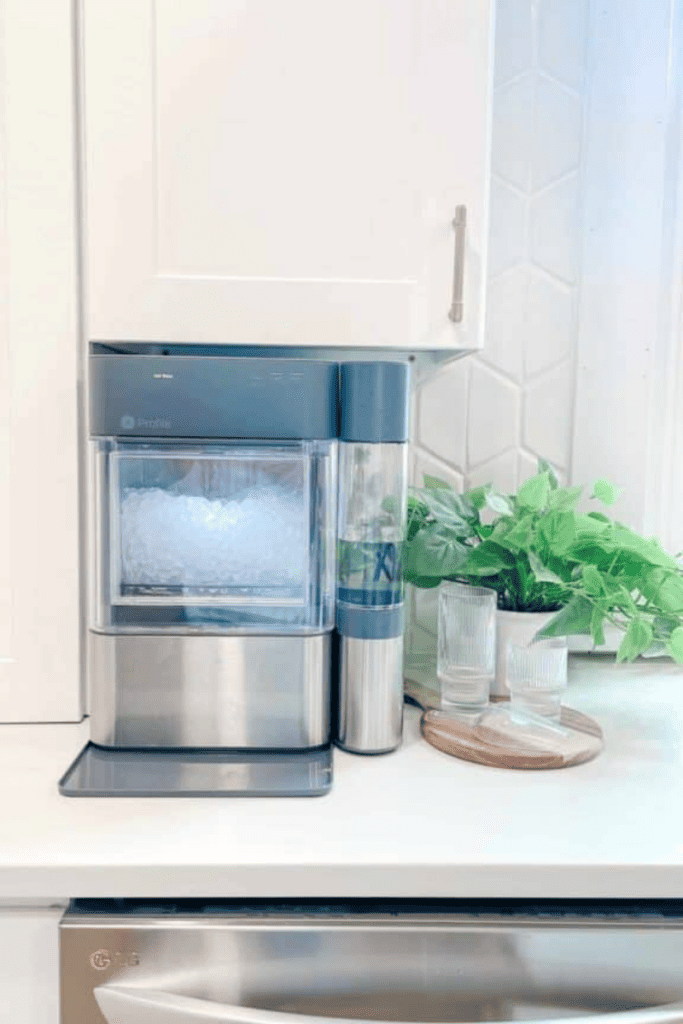
Grater
A grater is a kitchen tool with sharp-edged perforations or blades used for shredding or grating foods.
Graters come in various sizes and types, including handheld, box, and rotary, and are versatile for shredding cheeses, zesting citrus, and grating vegetables.
Improper use can lead to injury, and cleaning some types of graters can be challenging.
You may want multiple graters for different needs. The type of grater you choose should help make you more efficient in your kitchen.

Colander Or Strainer
Colanders come in various sizes and materials, such as stainless steel, silicone, and plastic, and are essential for draining pasta, rinsing fruits and vegetables, and straining stocks and sauces.
Personally, I prefer to have multiple strainers that have specified functions. For example, we have one strainer that is dedicated for pasta, and another strainer for fruit. This helps keep the colanders in great condition.

Rolling Pin
A rolling pin is a cylindrical kitchen tool used for flattening and shaping dough.
Rolling pins are available in various materials, such as wood, marble, and stainless steel, and are essential for rolling out pie crusts, cookies, and other doughs.
This is an essential kitchen utensil if you love to bake!
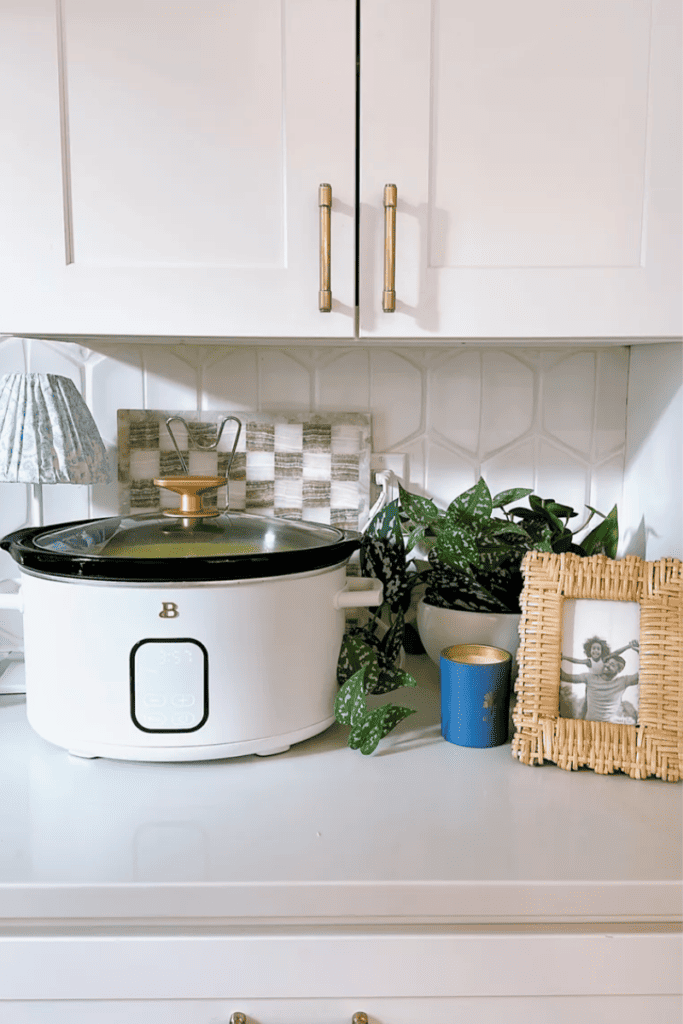
What To Look For in A Kitchen Utensil
When looking for kitchen utensils, there are several factors to consider to ensure you get the best value for your money.
Here are some key aspects to keep in mind:
Durability
Look for utensils made from high-quality materials such as stainless steel, silicone, or heat-resistant nylon.
These materials are durable and can withstand regular use without deteriorating quickly.
Lastly, check for solid construction and sturdy handles, as well as any warranties or guarantees offered by the manufacturer.

Price
Consider your budget and look for utensils that offer a balance between quality and affordability.
Keep in mind that while higher-quality utensils may come with a higher upfront cost, they are likely to last longer, ultimately providing better value over time.
Cooking Quality
Choose utensils that are designed to enhance cooking performance.
For example, silicone spatulas are gentle on non-stick cookware, while stainless steel whisks are great for whipping and blending ingredients, but may damage some surfaces.
You’ll want to balance the need for enhanced performance and functionality.
Look for utensils with ergonomic designs that are comfortable to use and provide good control.

Eco or Health Consciousness
Opt for utensils made from sustainable or eco-friendly materials, such as bamboo or recycled plastics, if you are environmentally conscious.
Check for certifications or labels indicating that the utensils are free from harmful chemicals such as BPA, lead, or phthalates, especially if you are concerned about health and safety.
Ease of Cleaning
Consider how easy the utensils are to clean.
Dishwasher-safe utensils can save time and effort, while non-porous materials are less likely to harbor bacteria and odors.
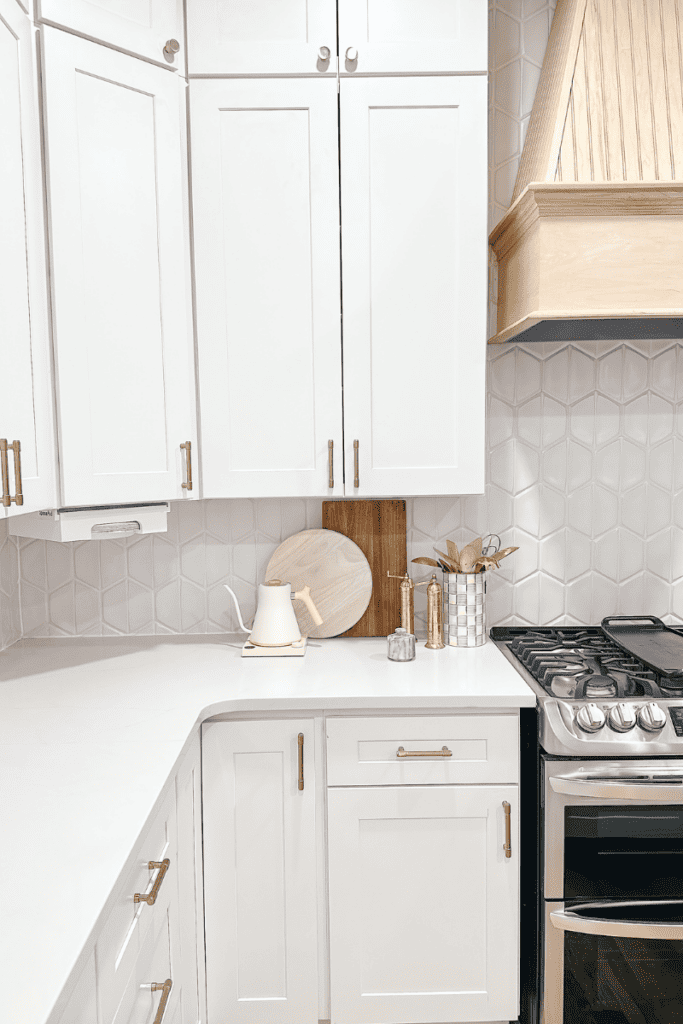
Multi-functionality
Look for utensils that can serve multiple purposes to minimize the number of tools you need in your kitchen.
For example, a multi-use spatula with a straight edge and a serrated edge can be used for different tasks.
Reviews and Recommendations
Research utensils online and read customer reviews to gauge the experiences of others who have used the products.
It may also be helpful to seek recommendations from friends, family, or cooking professionals for trusted brands and specific utensils that have performed well for them.
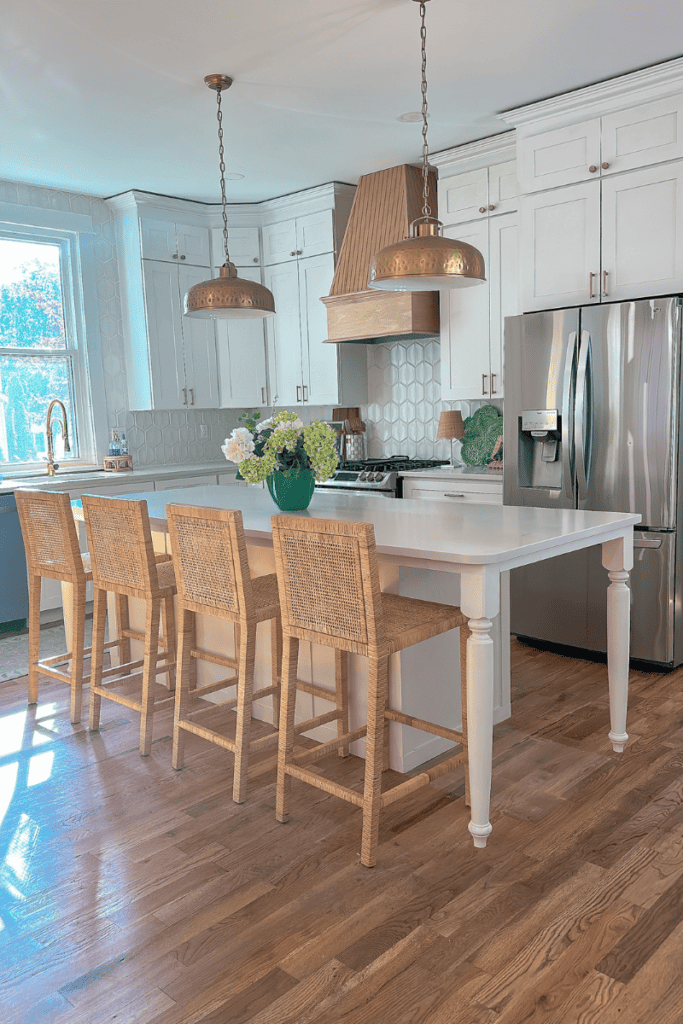
The Best Kitchen Utensil Materials
The type of kitchen utensils you decide to purchase may align with your needs or lifestyle priorities.
For example, if you are environmentally conscious, you may want to opt for bamboo utensils.
Likewise, if you are a serious cook or baker, buying kitchen utensils that are made with quality materials and function for your needs, should be your top priority.
This may look different for each person depending on your wants and experience level.
Here are the top materials used in kitchen utensils:
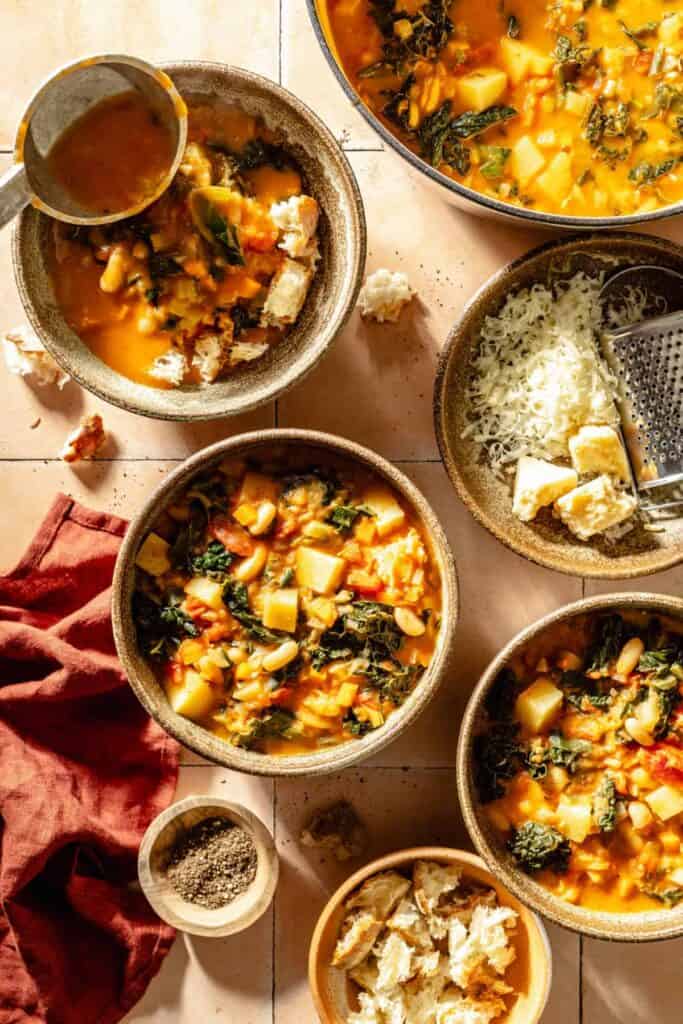
Wooden Utensils
Wooden spoons and other wooden kitchen utensils have been a staple in home kitchens for a long time.
Made from traditional woods, wooden tools are a great choice for various reasons.
First, wooden utensils do not conduct heat, making them perfect for stirring hot food on the stove. They are also gentle on your pots and pans, preventing scratches on your nonstick cookware.
However, wooden utensils may not last as long as some other materials. They can also absorb flavors over time and are not as easy to clean as some synthetic materials.
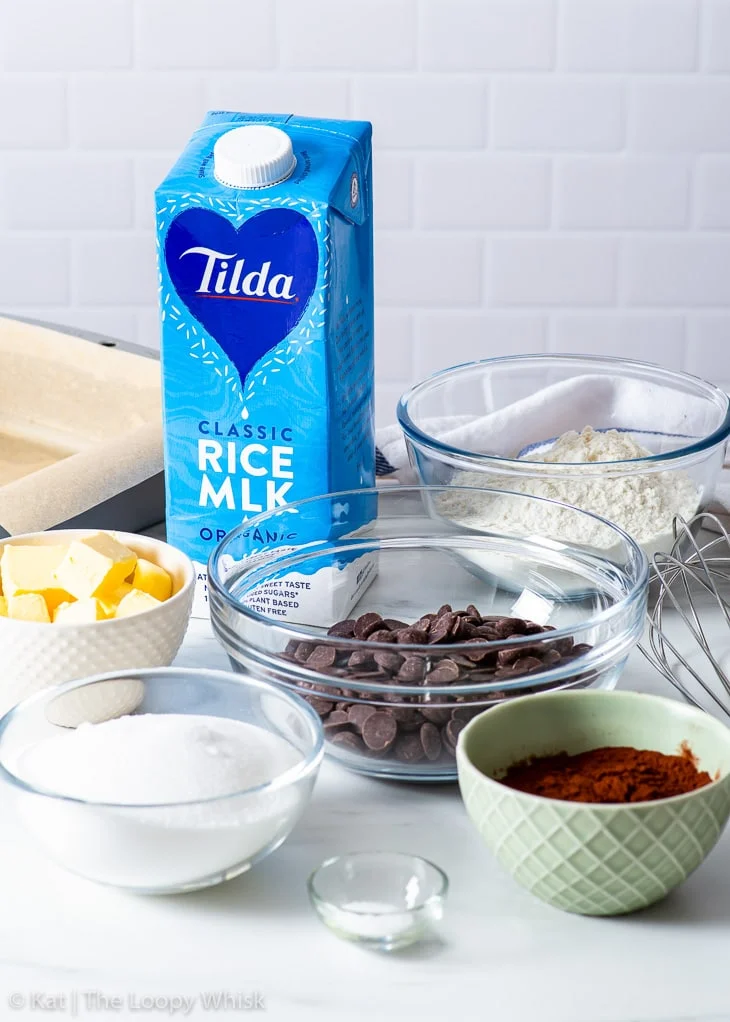
Silicone Utensils
Silicone cooking utensils are an excellent choice for many home cooks due to their heat resistance and flexibility.
Silicone spatulas and other silicone tools can withstand high temperatures and are safe for use with non-stick cookware. They are non-toxic, do not absorb flavors, and are easy to clean.
The best silicone utensils are made from food-grade silicone, a safe material that does not leach harmful chemicals even at higher temperatures.

Silicone is also a good choice for delicate foods like eggs or fish, as it is soft and flexible. A fish spatula with silicone tips can be a great addition to your kitchen utensil set.
Overall, I love using silicone for all my bakeware and with any of my non-stick cookware.
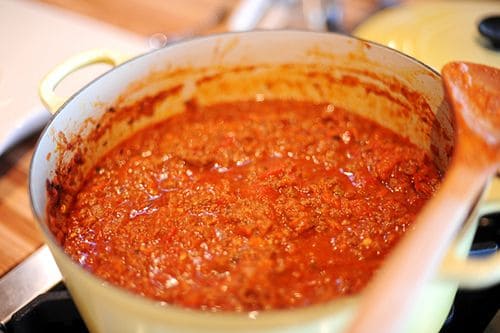
Stainless Steel Utensils
Stainless steel cooking utensils are a top pick due to their durability, heat resistance, and ease of cleaning.
They are perfect for use with stainless steel pots and cast iron cookware. However, they should not be used with nonstick or ceramic cookware as they can scratch the surface.
Stainless steel is also a safe material, as it does not release toxic fumes or harmful chemicals.

Bamboo Utensils
Bamboo kitchen utensils are a popular eco-friendly alternative to wooden and plastic utensils.
They are lightweight, durable, and heat resistant.
Bamboo utensils are a great option, especially for non-stick cookware, as they won’t scratch the surface.
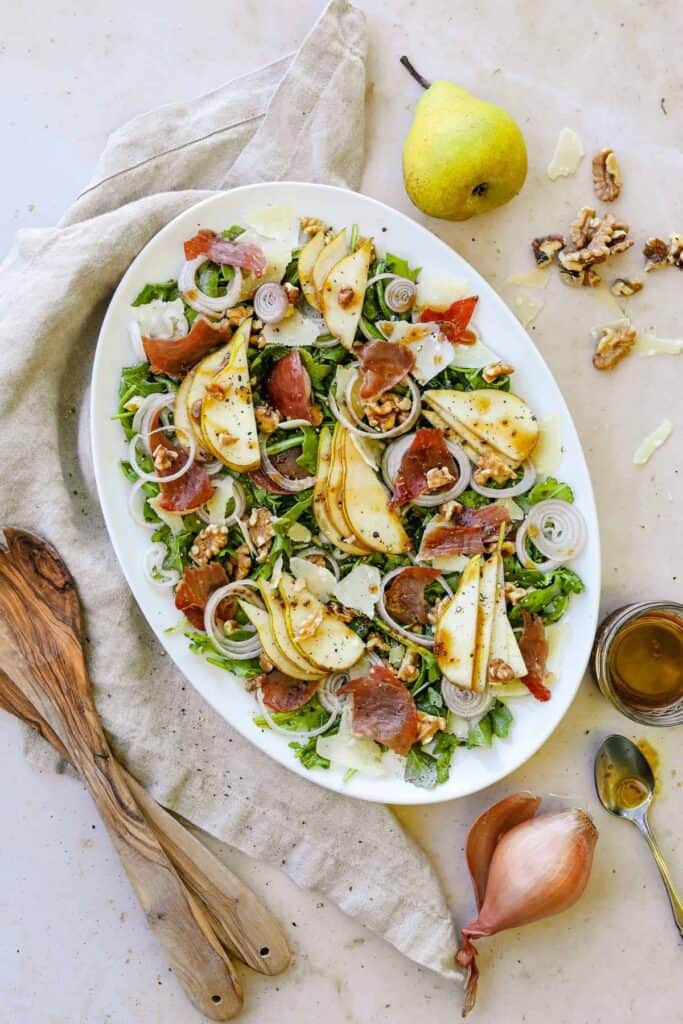
Plastic Utensils
Plastic cooking utensils are often a go-to due to their affordability and ease of use.
However, they are not the best option for cooking at high heat, as they can melt or release harmful chemicals like bisphenol A (BPA). Additionally, some plastic utensils can also be damaged by acidic foods.
Overall, plastic cookware won’t hold up for long term use.

Other Types of Utensils
Nylon utensils are a better option than plastic as they can tolerate higher temperatures without melting. However, they are not as heat resistant as silicone or metal utensils.
Iron utensils, especially from brands like Le Creuset, are perfect to use with cast iron pans.
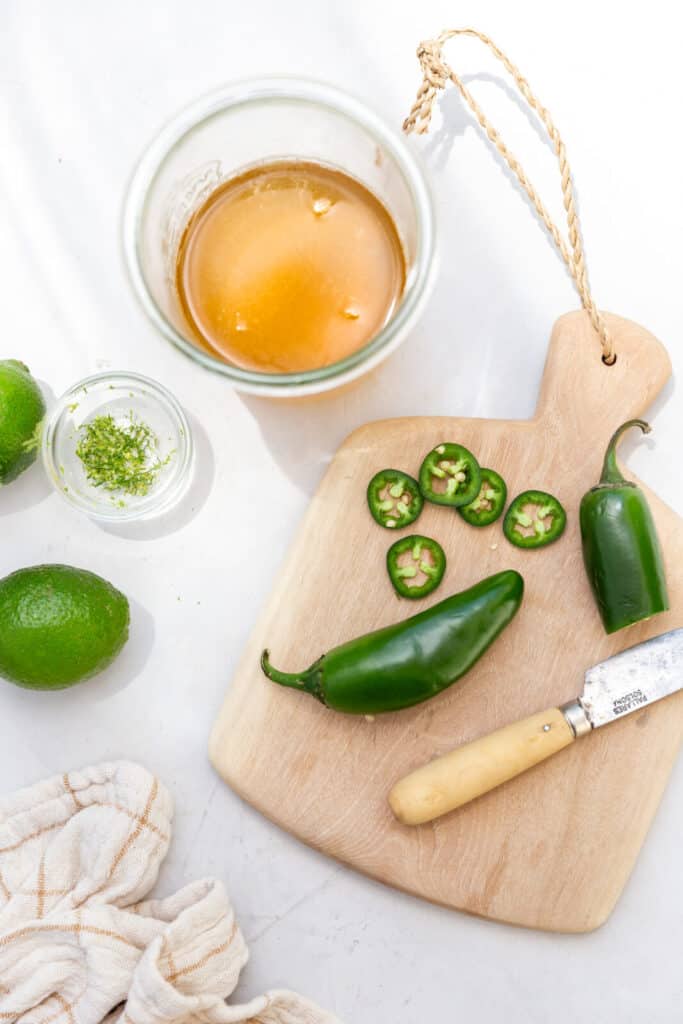
Aluminum utensils, on the other hand, should be avoided as they can pose health issues such as kidney damage due to leaching of heavy metals.
As for copper cookware, while it conducts heat well, it can react with acidic foods, leading to potential health risks. Ceramic cookware is a good choice for cooking on moderate heat and is non-reactive, but it’s prone to chipping.

Shop My Favorite Kitchen Utensils
Make sure you check out my favorite kitchen tools, utensils, and gadgets below! If you want to see some of these in action, make sure you check out my Instagram!
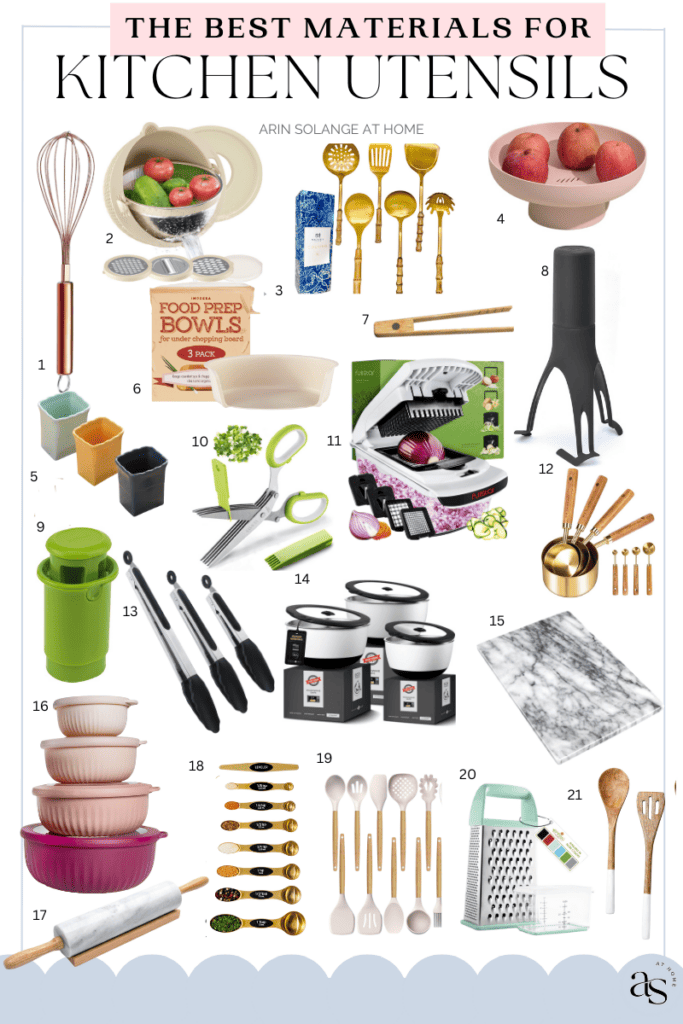
1 | 2 | 3 | 4 | 5 | 6 | 7 | 8 | 9 | 10 | 11 | 12 | 13 | 14 | 15 | 16 | 17 | 18 | 19 | 20 | 21
Berglander Rose Gold Whisk Pack of 3 Stainless Steel
4-1 Colander with Mixing Bowl Set
Bamboo Stainless Steel Cooking Tools Utensils
Fruit Bowl
3 PCS Egg Cup Slicer
Food Prep Bowls for Under Chopping Board
Toaster Tongs With Magnet
Automatic Pan Stirrer
Produce Slicer
Herb Scissors Set
Fullstar Vegetable Chopper
Measuring Cups and Spoons Set of 8
Stainless Steel Kitchen Tongs with Silicone Tips
Earthmade Evolution Microwave Stainless Steel Mixing Bowl with Lid Set
Greenco Marble Cutting Board
Prep Bowls
Fox Run Polished Marble Rolling Pin with Wooden Cradle
Magnetic Measuring Spoons Set
Silicone Cooking Utensils Set
Spring Chef Professional Cheese Grater
Wooden Cooking Utensils Set
Other Posts You’ll Love
13 High End Kitchen Cabinet Brands | Best Damacus Kitchen Knife Set | Tips On How To Measure New Kitchen Countertops
Pin The Photo Below For Later
The best cooking utensils for your kitchen depends on the type of cookware you use and your cooking habits.
Whether you prefer wooden cooking utensils for their classic appeal or silicone cookware for its heat resistance and safety, the right utensils will make your culinary journey a joy.
Remember, the safest cooking utensils are those that are heat resistant, do not leach harmful substances, and are durable for everyday use.

